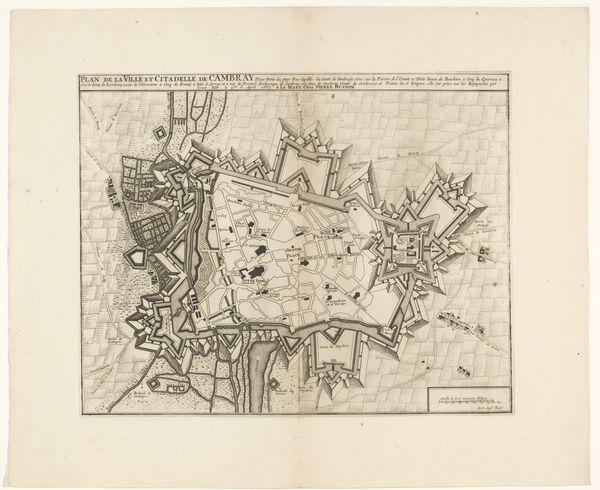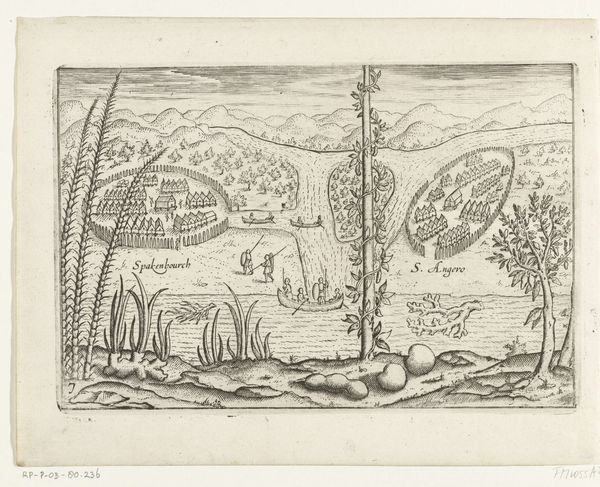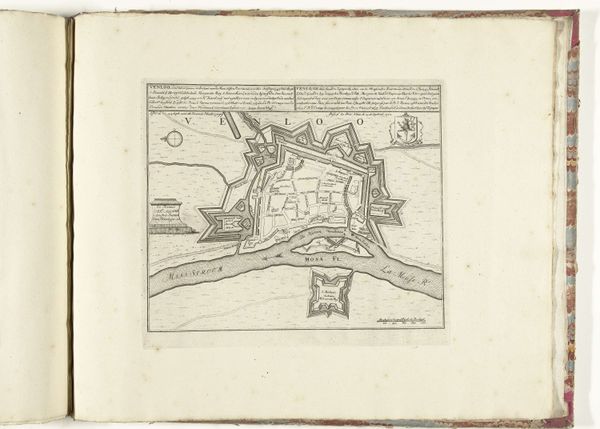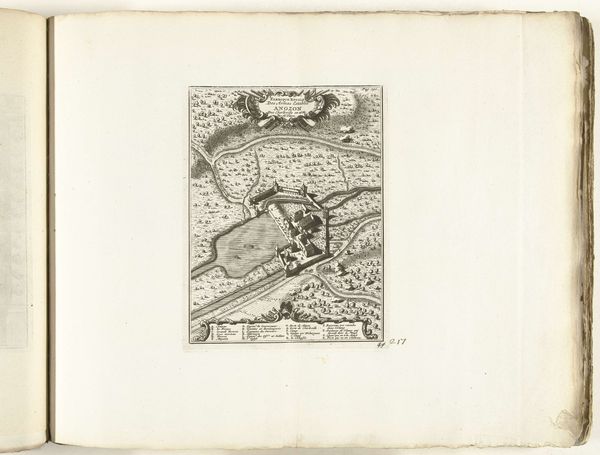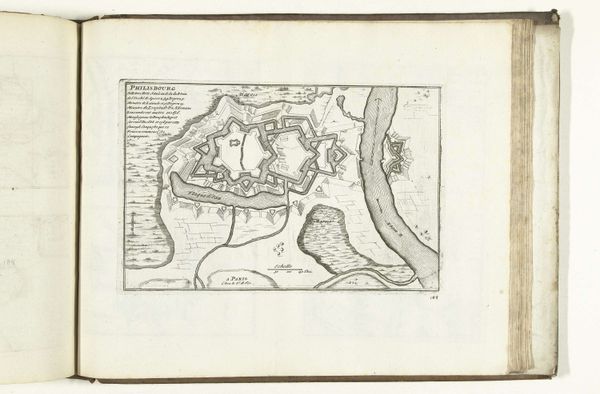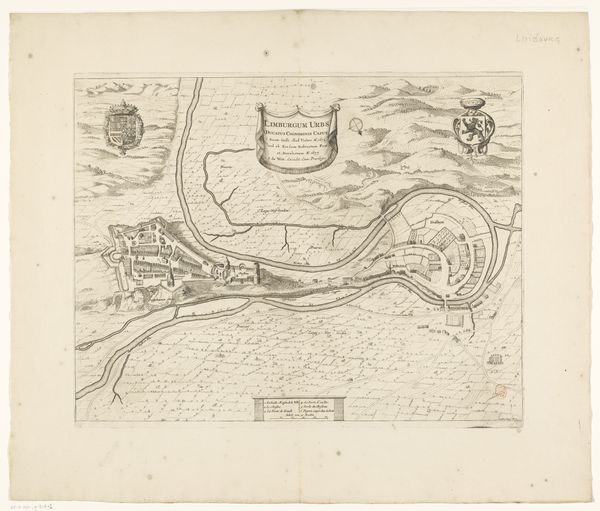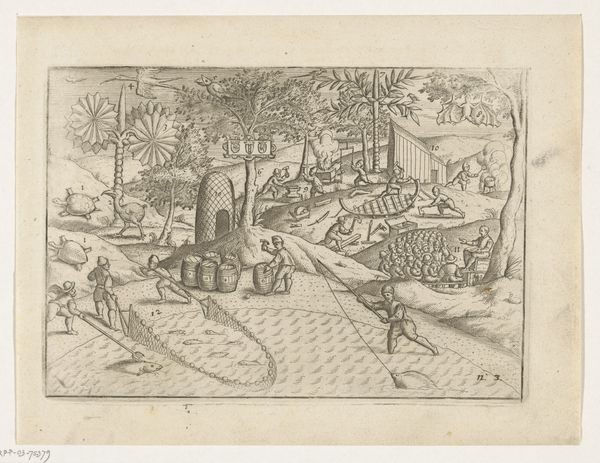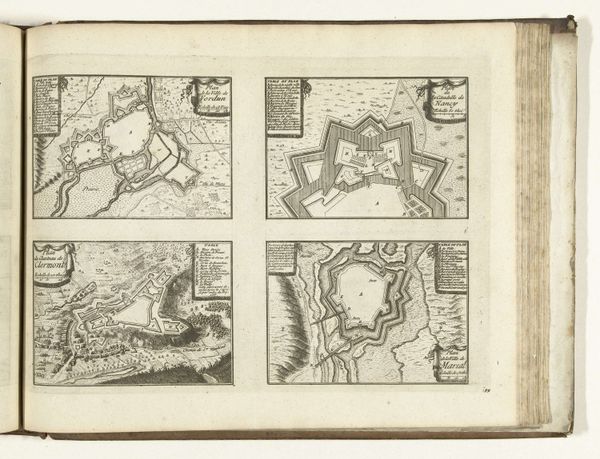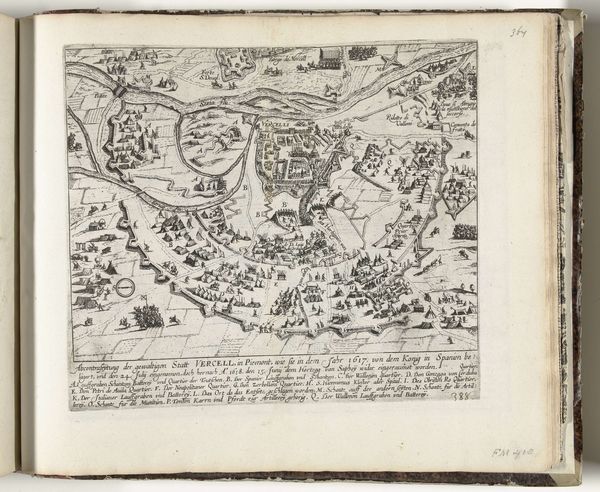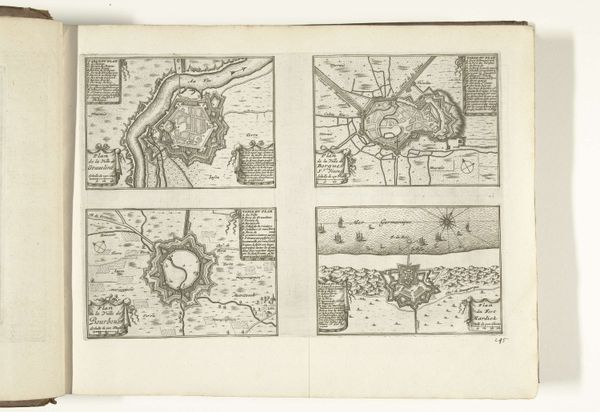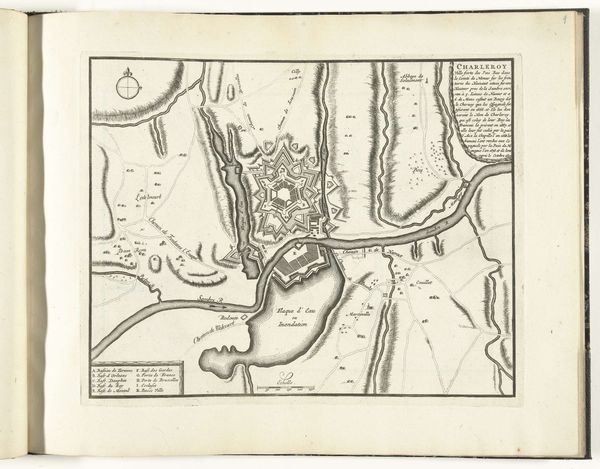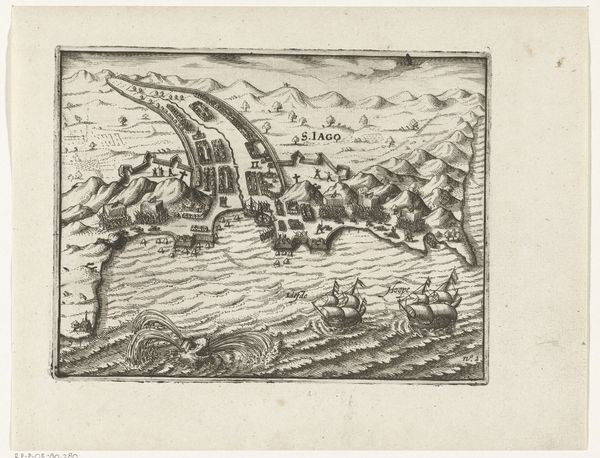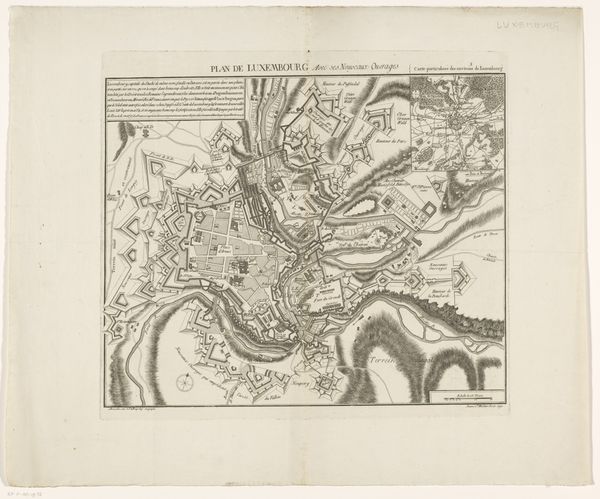
print, engraving
#
baroque
# print
#
old engraving style
#
geometric
#
line
#
cityscape
#
engraving
Dimensions: height 236 mm, width 263 mm
Copyright: Rijks Museum: Open Domain
This print, made in 1629 by an anonymous artist, documents the conquest of Wesel, rendered in ink on paper. Look closely, and you'll see the complex etching technique used. The artist would have applied a waxy ground to a copper plate, then drawn through it with a needle, exposing the metal. The plate was then immersed in acid, which bit into the exposed lines, creating grooves. Ink was applied, filling these lines, and the surface wiped clean before pressing the plate onto paper. The dense, controlled network of lines speaks to the skill and labor involved. Beyond its aesthetic qualities, this technique allowed for mass production, a key element of the printing revolution. Prints like these weren’t just art; they were tools of propaganda, spreading information and shaping public opinion, essential in a time of conflict and conquest. They highlight how technological advances in craft facilitated political and social change.
Comments
No comments
Be the first to comment and join the conversation on the ultimate creative platform.
